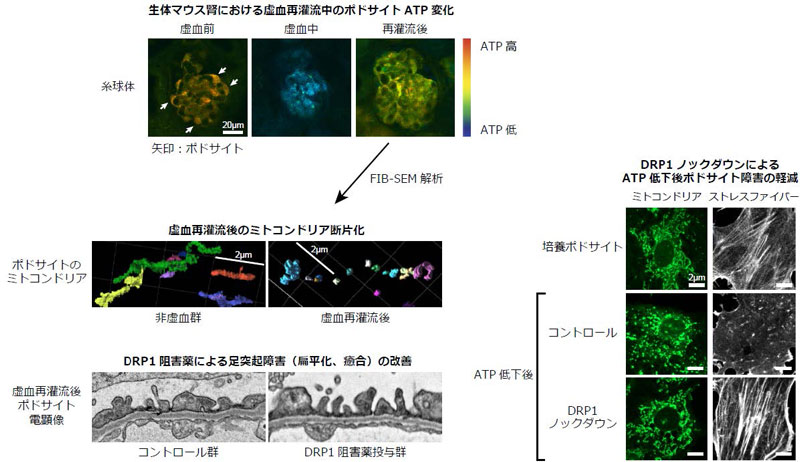2024-11-25 ペンシルベニア州立大学(PennState)
<関連情報>
- https://www.psu.edu/news/agricultural-sciences/story/tick-tubes-help-reduce-parasites-mice-time-and-frequency-matters
- https://academic.oup.com/jme/article/61/6/1459/7797289?login=false
最適化された展開戦略を通じて、 マダニ 駆除のためのダニチューブの有効性を最大化し、維持する Maximizing and sustaining the efficacy of tick tubes for management of Ixodes scapularis through optimized deployment strategies
Hannah S Tiffin, Kylie D Green, Edwin R Burgess, IV, Erika T Machtinger Author Notes
Journal of Medical Entomology Published:30 September 2024
DOI:https://doi.org/10.1093/jme/tjae114

Abstract
The number of tick-borne disease cases continues to rise in the United States, with Lyme disease the most frequently reported vector-borne disease nationally. Practical and effective tick control tools and strategies are needed to reduce tick encounters and tick-borne disease risk. Tick management tubes have shown varying efficacy when used as part of a tick management plan. To evaluate factors contributing to the efficacy of tick management tubes, this study assessed changes in tick tube deployment on tick burden on wild-caught Peromyscus mice, a primary reservoir for the bacterium causing Lyme disease, in Pennsylvania from 2021 to 2023. Over 2 years, tick tubes were deployed starting at different times of the year, with cotton removal from the tubes assessed every 2 weeks from April to November and tick burden on wild-caught mice assessed every 2 months from April to October of each year. The effect of distance between tick management tubes was assessed in year 3 of this study, with mouse tick burden assessed pre- and post-treatment with tick tubes at varying intervals in a field setting. There was a significant reduction in mouse tick burden between treated and control transects, and pre- and post-treatment transects. Tick tube distance did not affect cotton removal or tick burden on mice. Still, cotton removal was highest in September–October, and amount removed increased the longer tick tubes were deployed in the field, highlighting the long-term benefits of using tick tubes as part of an integrated tick management plan. Future investigations to evaluate the impact of tick management tubes on tick nymph density and infection would be valuable for assessing the effectiveness of tick management tubes in reducing tick bite risk.


